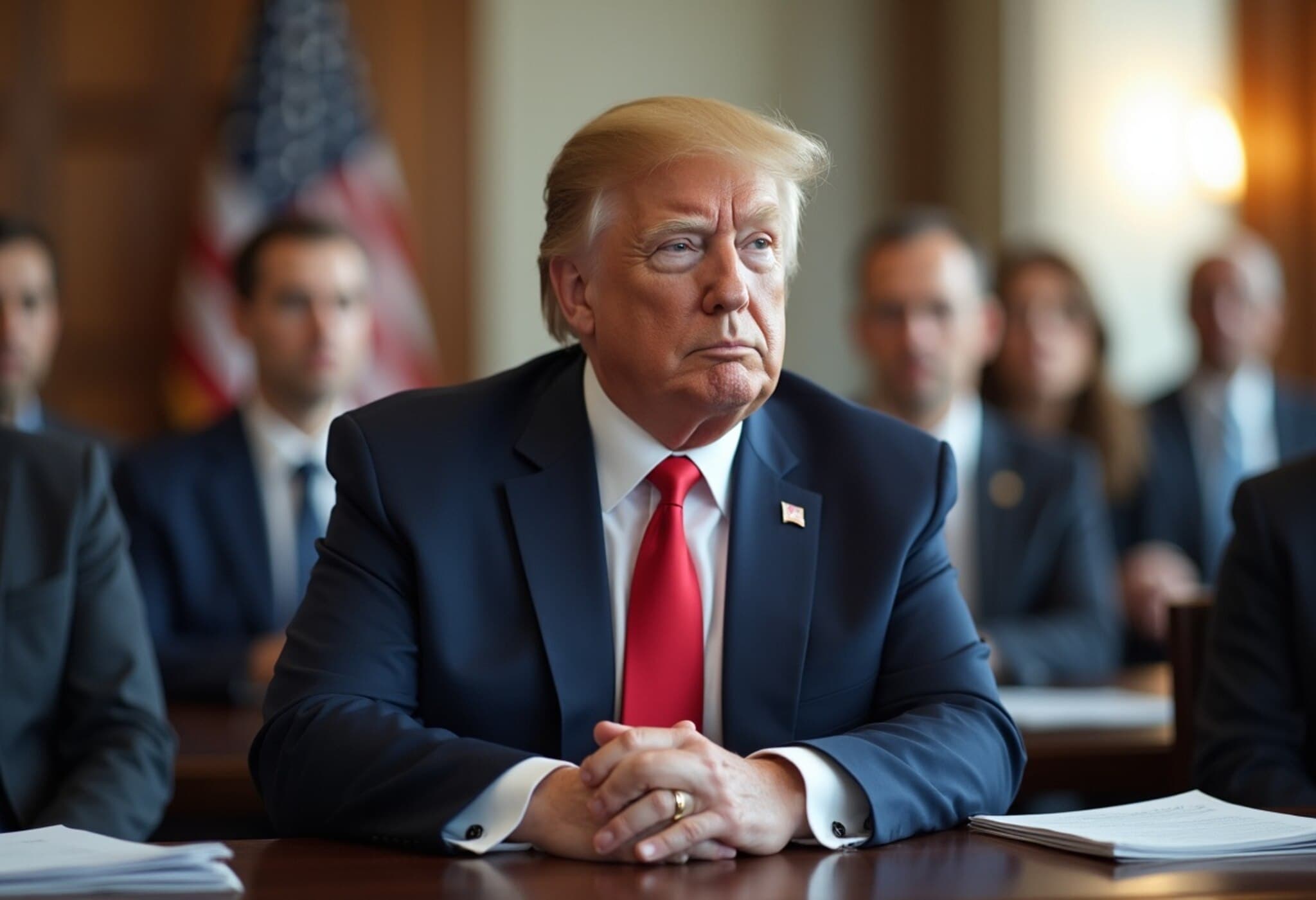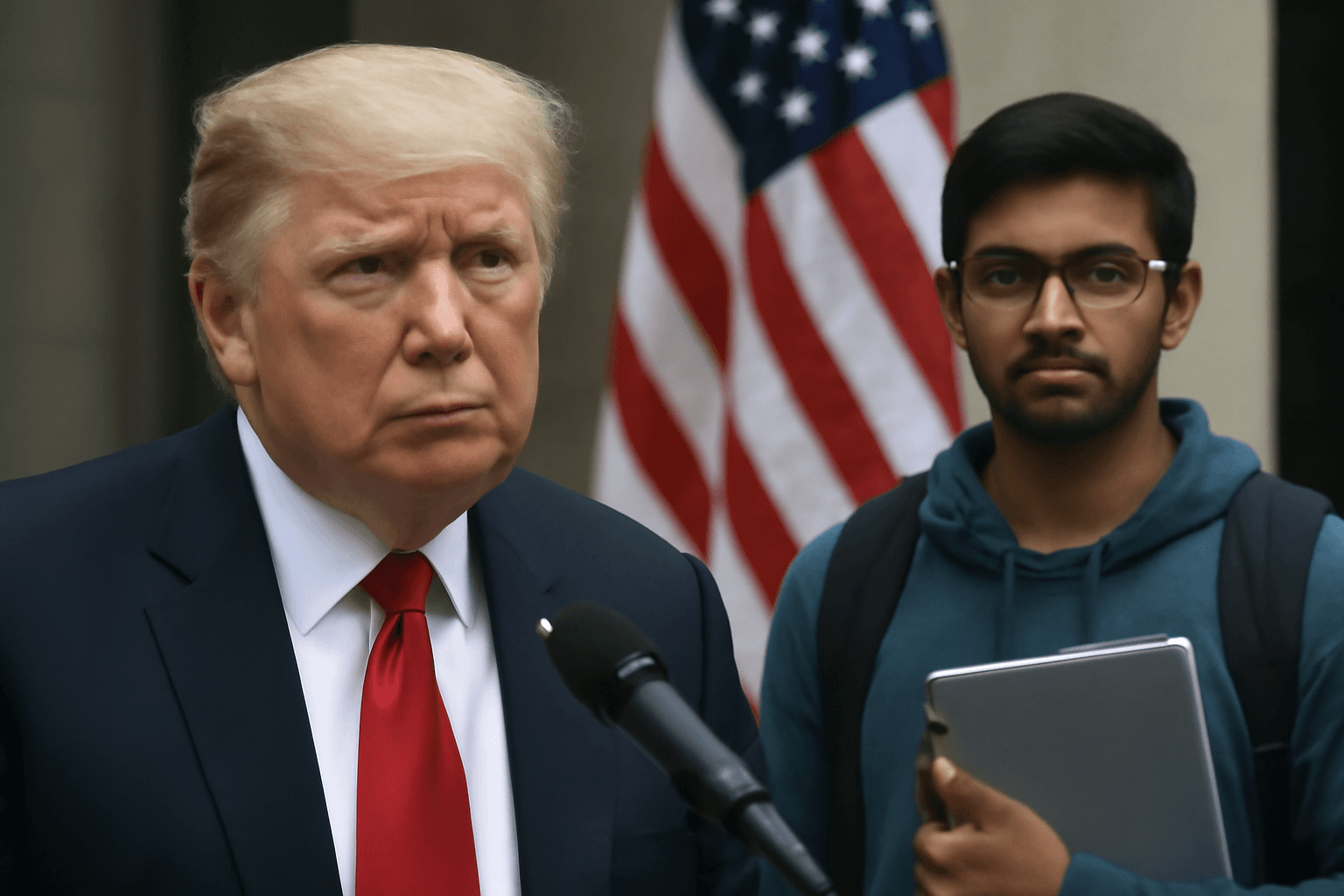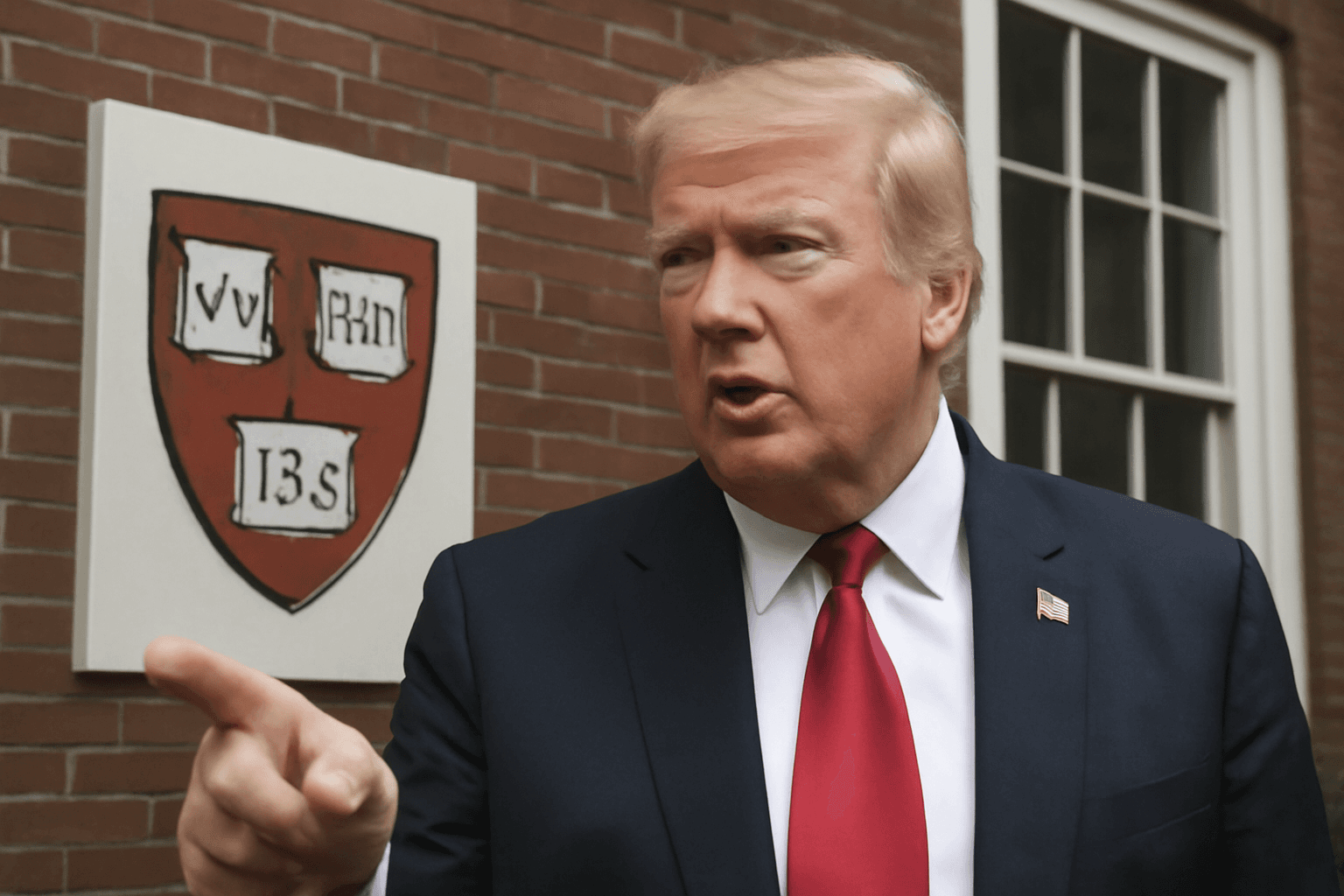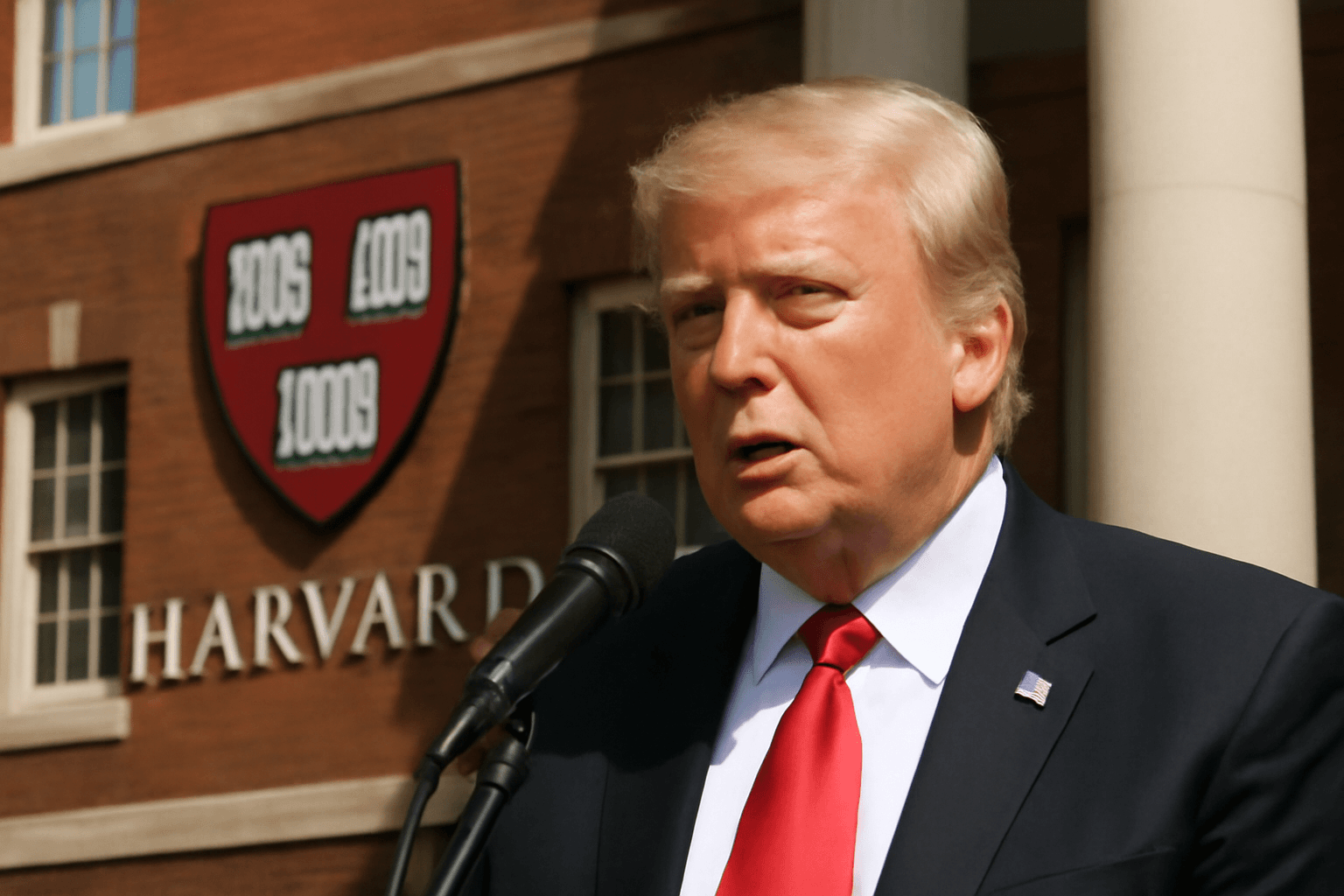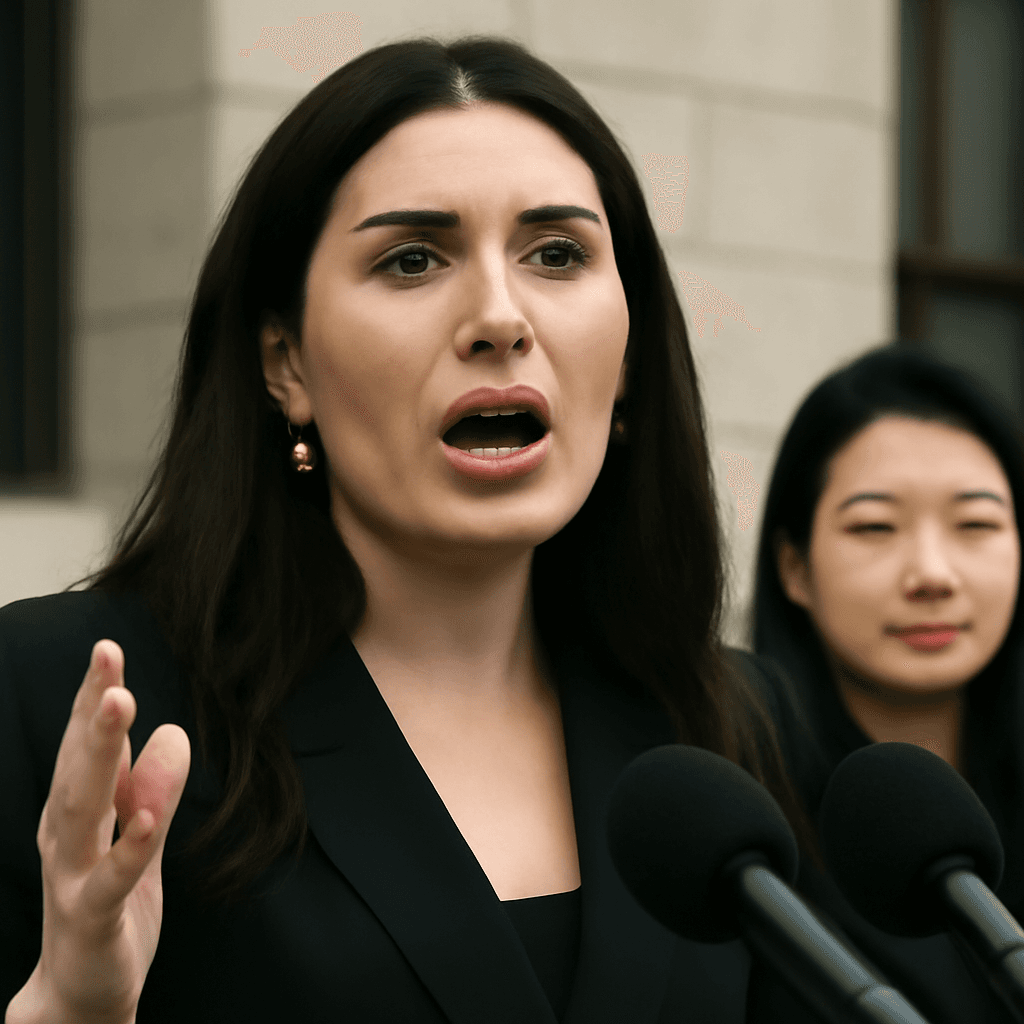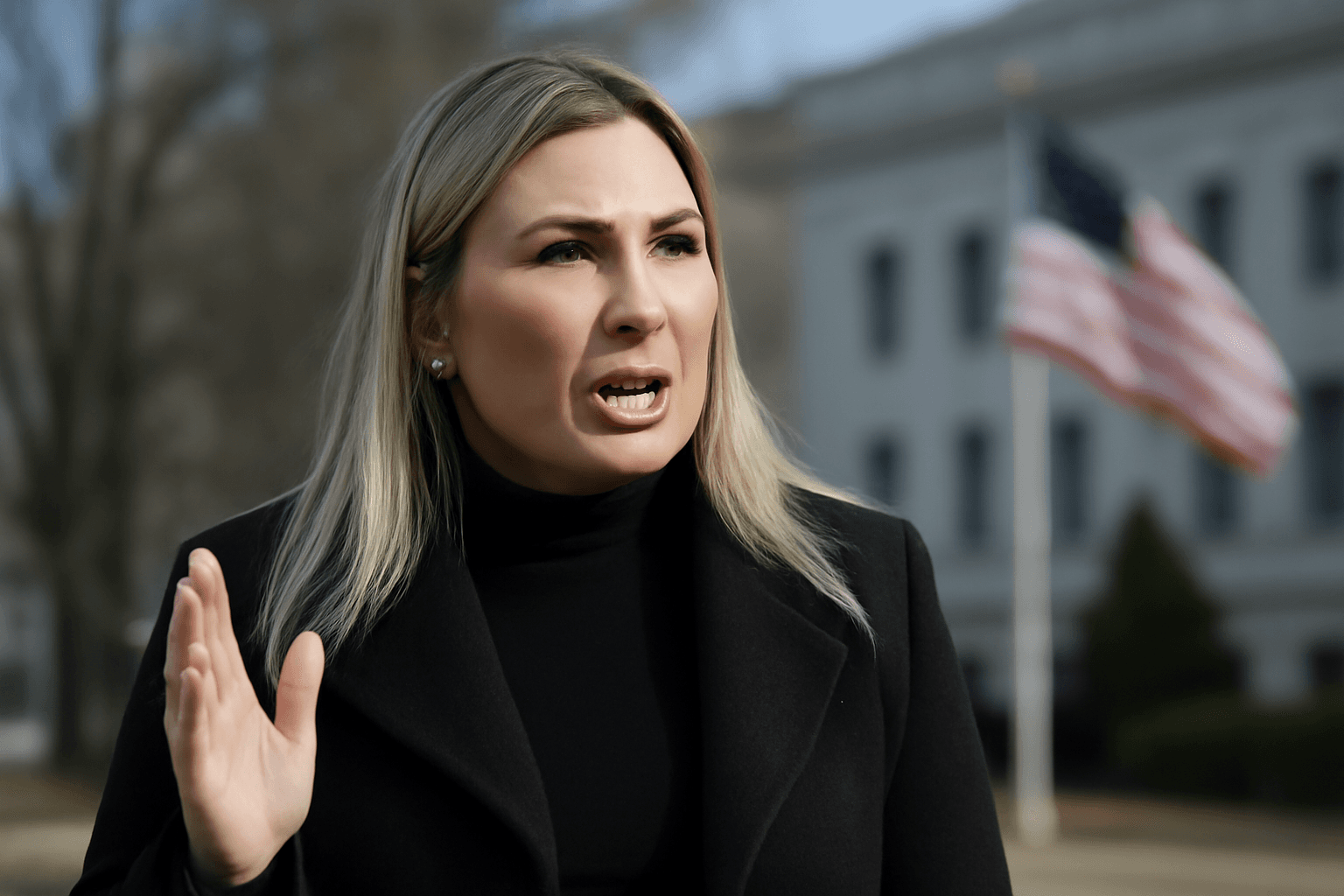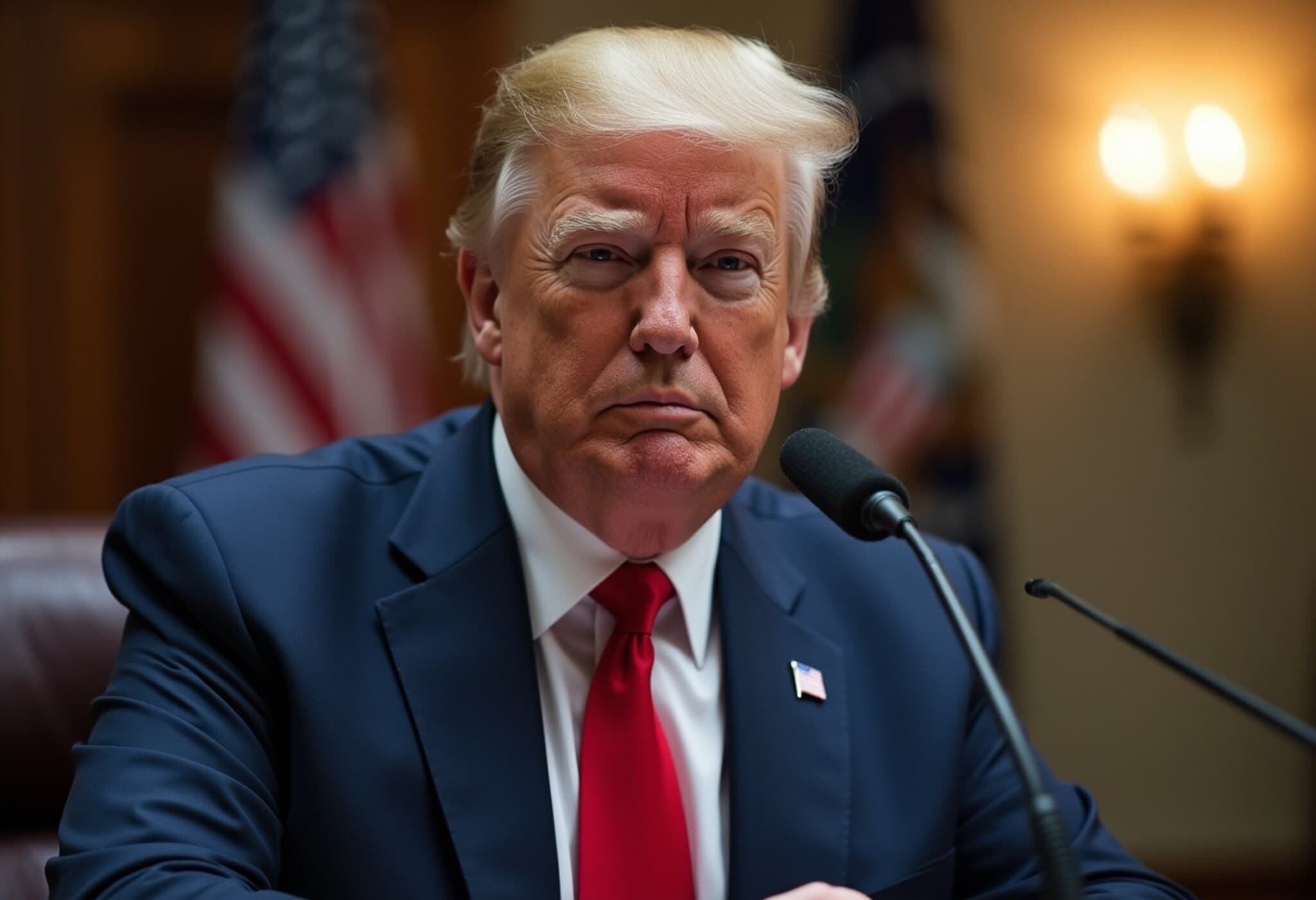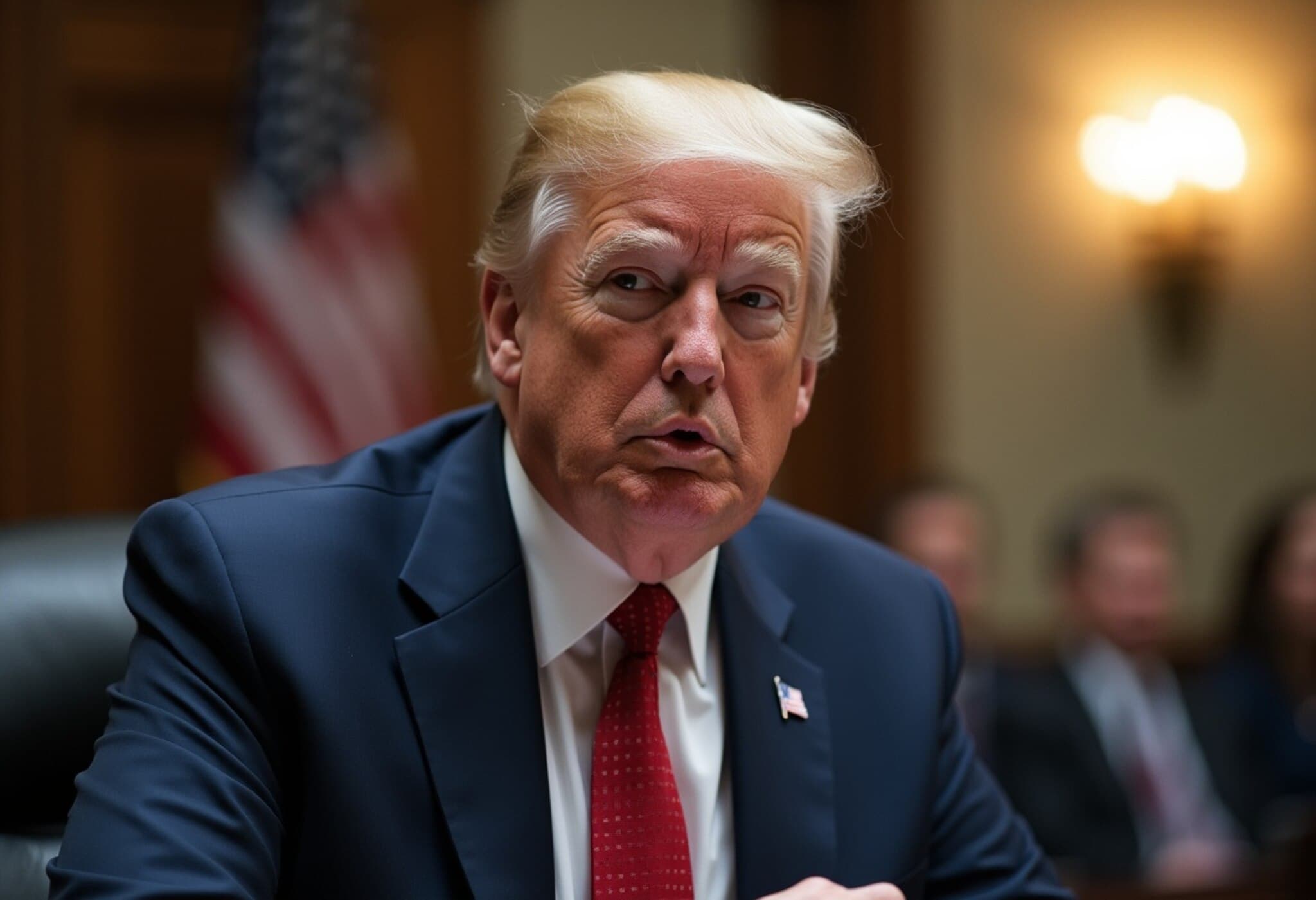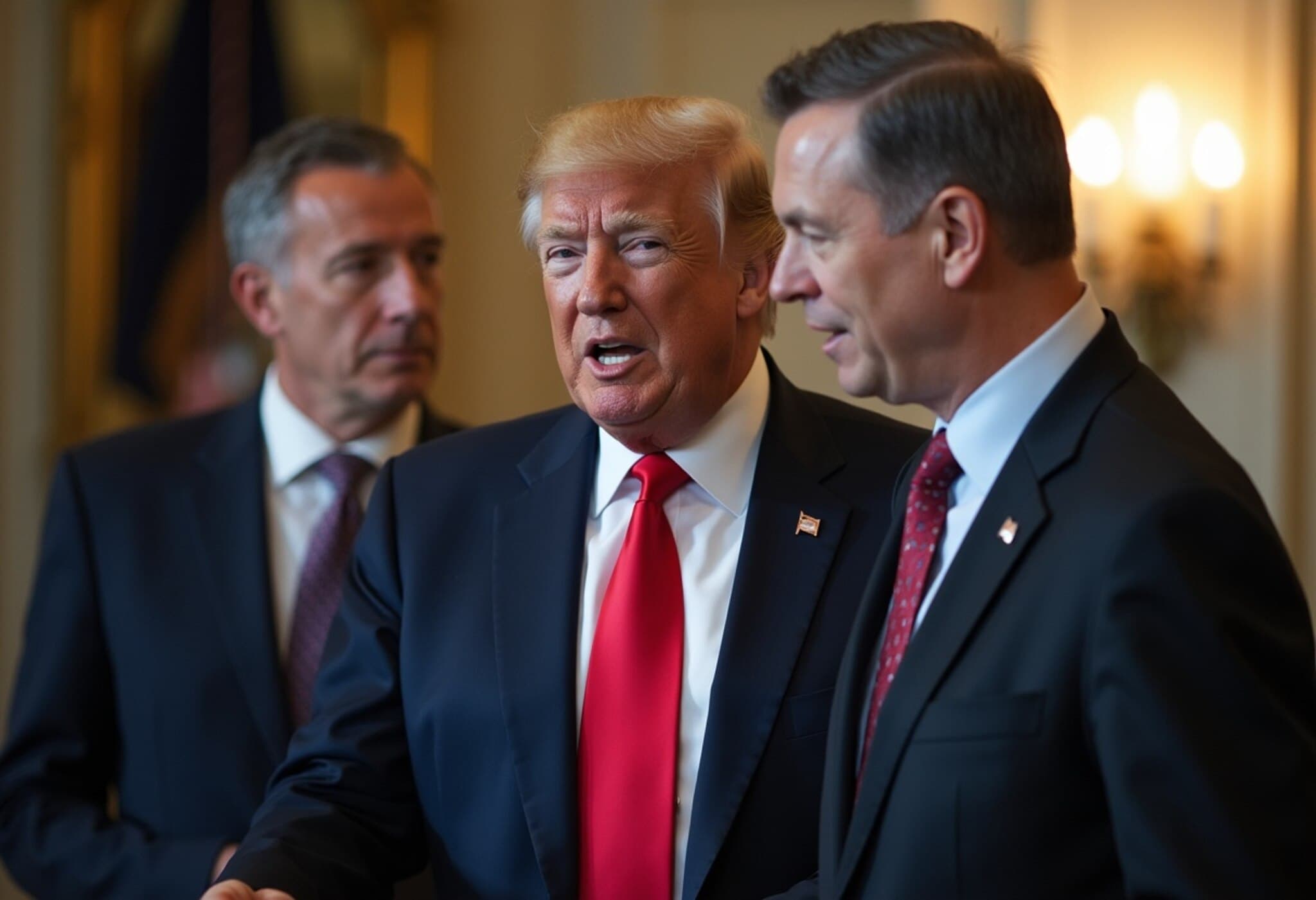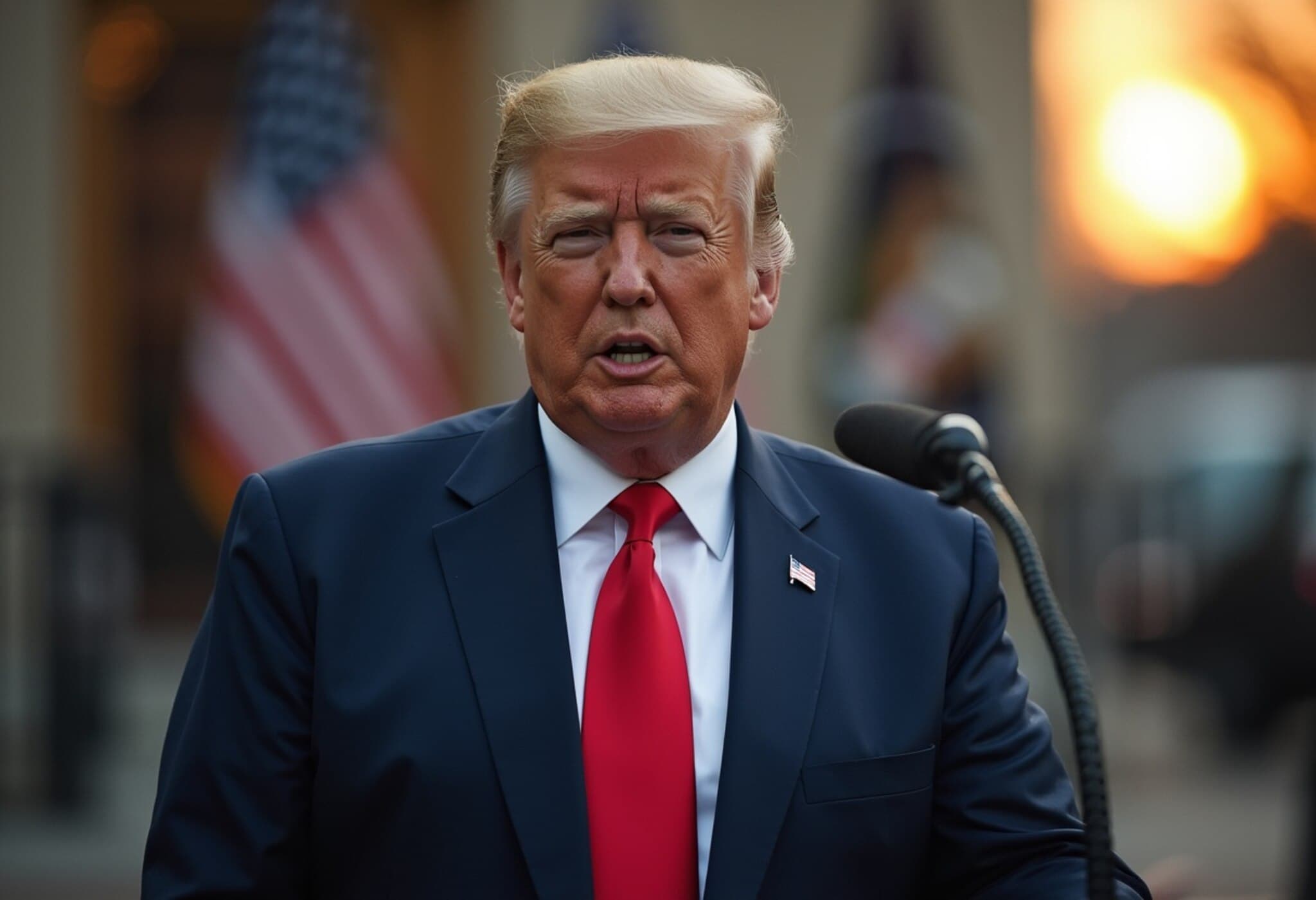Trump Administration Lifts Freeze on Critical Education Funds
In a significant policy reversal, the Trump administration has announced the release of over $5 billion in federal funding for K-12 education programs previously withheld amid controversy. This decision arrives after mounting pressure from bipartisan lawmakers and legal challenges initiated by a coalition of predominantly Democratic-led states.
Background: Funding Freeze Sparks Nationwide Debate
Earlier this month, the Department of Education halted distribution of nearly $6.8 billion in formula-based funds supporting essential school initiatives such as teacher training, migrant education, English language learning, and after-school programs. The administration justified the freeze by alleging that some states were misapplying funds to advance what it labeled a “radical leftwing agenda.” While details of this claim remain vague, the move ignited fierce resistance from across the political spectrum.
Bipartisan Pushback and Legal Action
The suspension prompted swift legal action by a coalition of states led mostly by Democrats. Simultaneously, ten Republican senators publicly urged the administration to reconsider the freeze, citing the urgent needs of schoolchildren nationwide. Many lawmakers viewed the abrupt funding halt as disruptive to education planning and a politically motivated use of federal dollars.
Madi Biedermann, a senior official at the Department of Education, confirmed via email that the Office of Management and Budget has completed its review and directed the department to proceed with fund disbursement starting next week. Although specifics of the review remain confidential, administration sources indicated that “guardrails” would be put in place to monitor fund usage.
Analyzing the Broader Context
President Trump’s education funding policies have often intersected with his broader political agenda—posing threats to federal support for schools and colleges over contentious issues such as climate change curriculums, diversity initiatives, and responses to geopolitical conflicts (notably, protests linked to Israel’s war in Gaza). This latest funding controversy underscores tensions between federal oversight and local education autonomy at a time when schools are grappling with pandemic recovery, inflationary pressures, and shifting social dynamics.
Expert Insight: The Stakes for American Education
- Funding Stability: Interruptions to formula funds create uncertainty for districts that rely on timely federal aid to maintain vital programs.
- Federal vs. State Control: The dispute raises critical questions about how much influence the federal government should exert over education content and funding priorities.
- Political Implications: It highlights how education policy can become a battleground for broader ideological conflicts with real impact on everyday students and educators.
As schools brace for the coming academic year, the restoration of this funding will bring relief. Yet, educators and policymakers alike remain watchful of potential conditions attached and the long-term implications for equitable, high-quality education.
Editor’s Note
The release of these funds marks a temporary victory for educators and students nationwide, but the underlying tensions point to an ongoing challenge: balancing federal oversight with local education needs amid a politically charged environment. Stakeholders should ask—how can we safeguard essential education funding from becoming collateral damage in partisan disputes? And what mechanisms can ensure transparent, effective use of federal dollars without compromising educational integrity?

